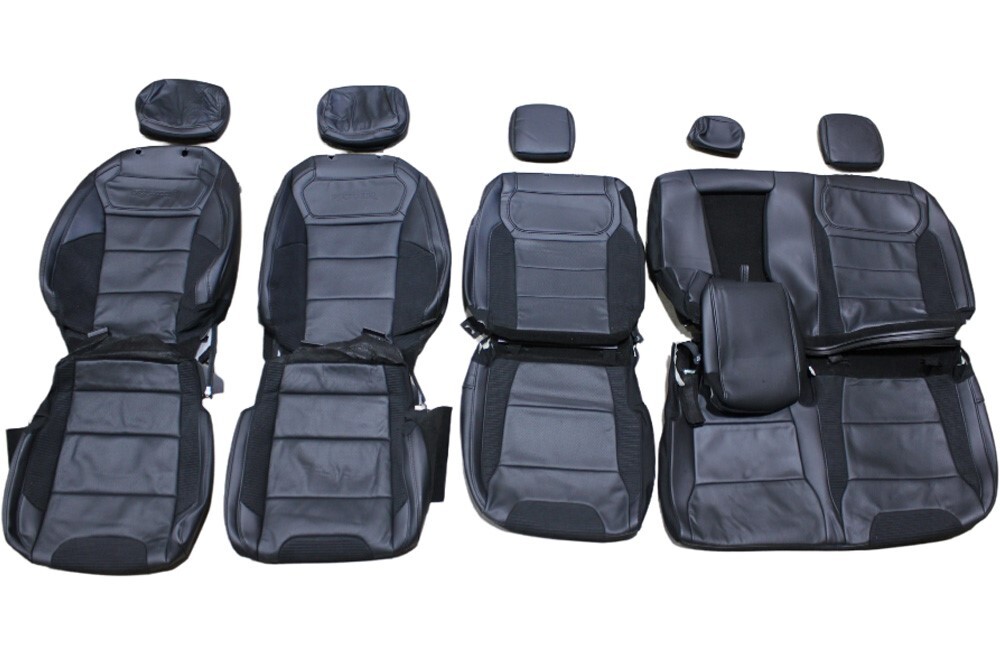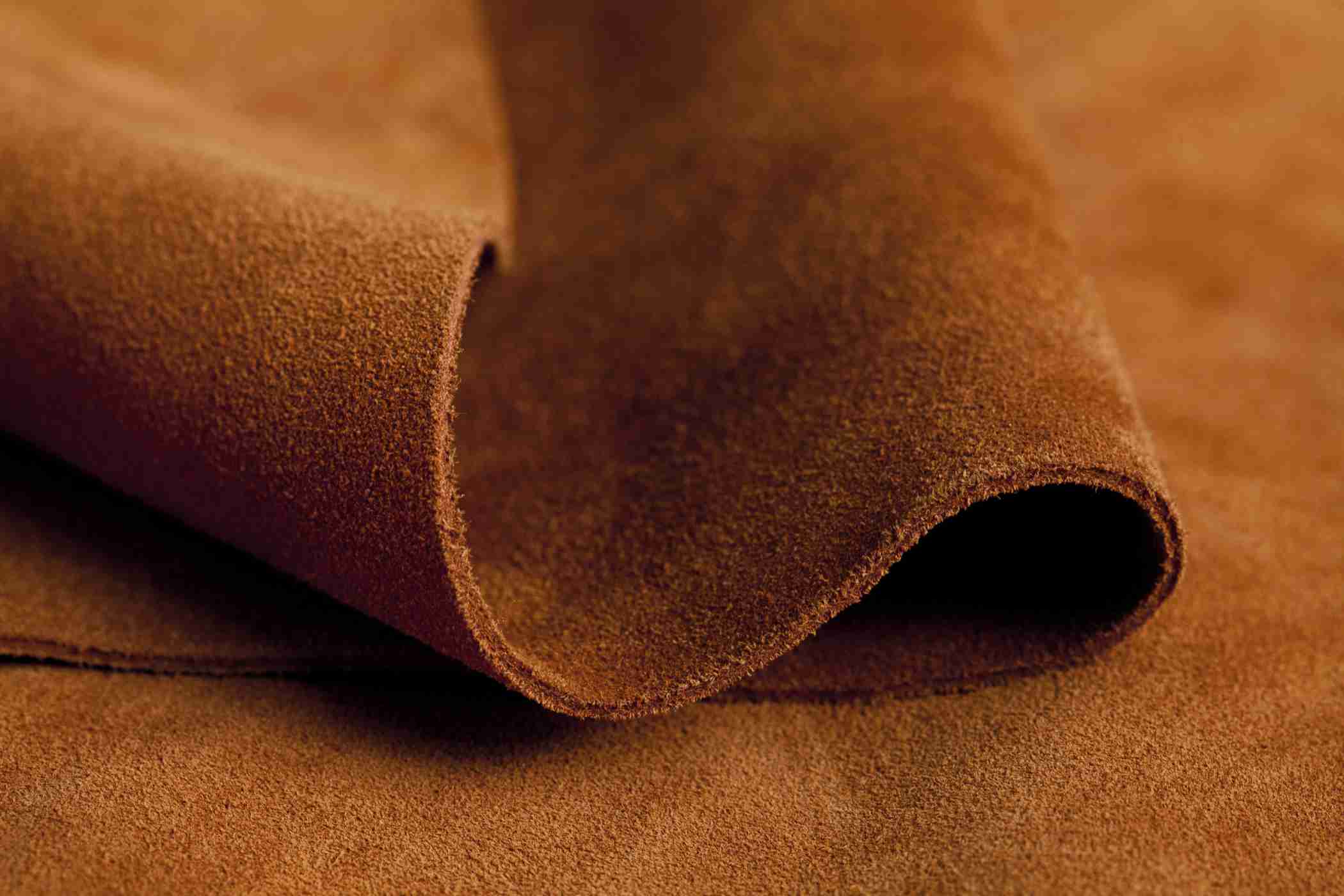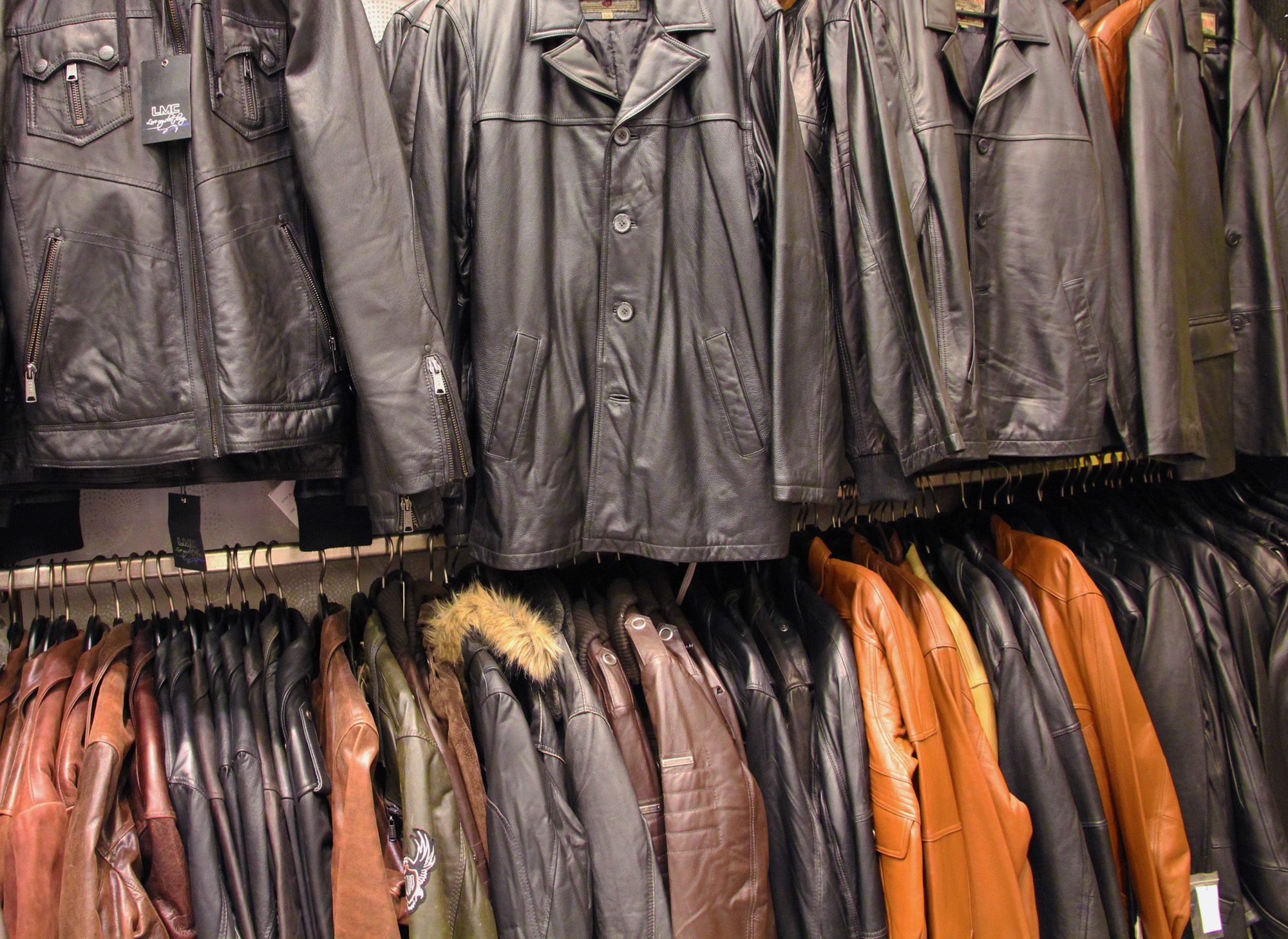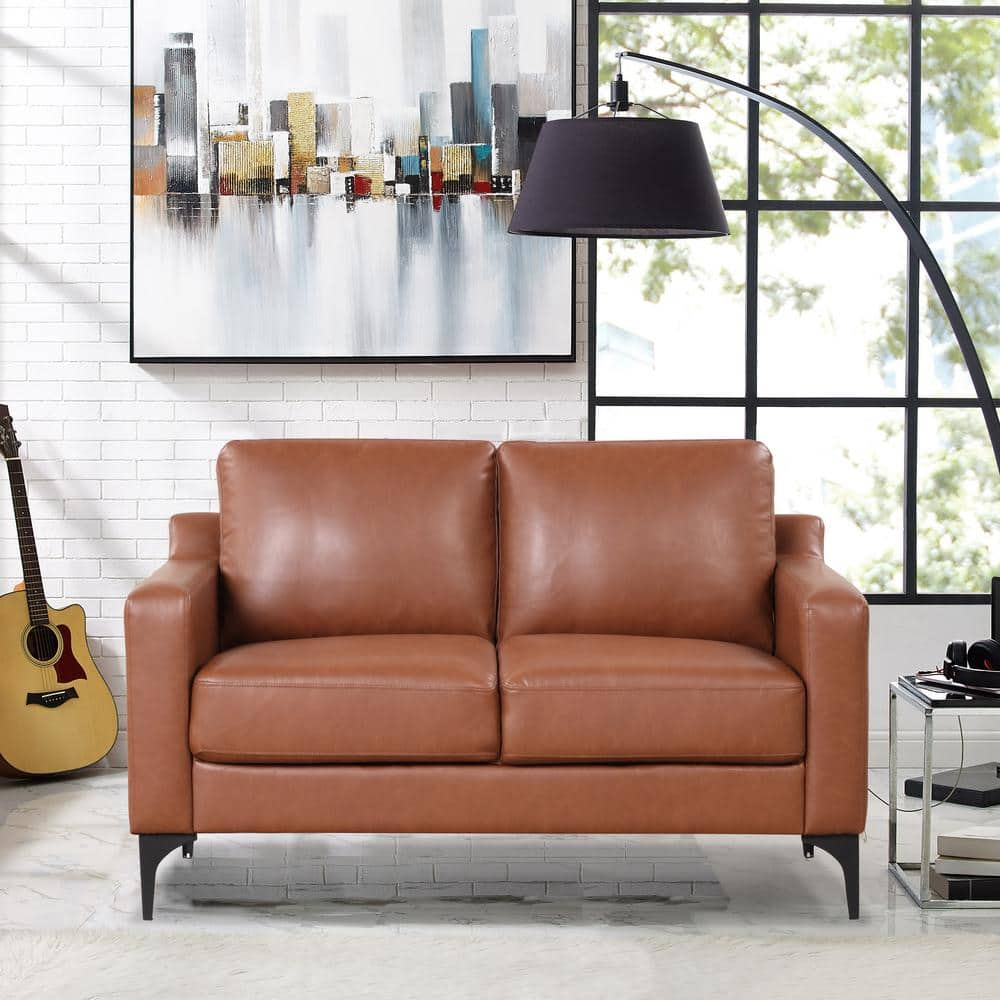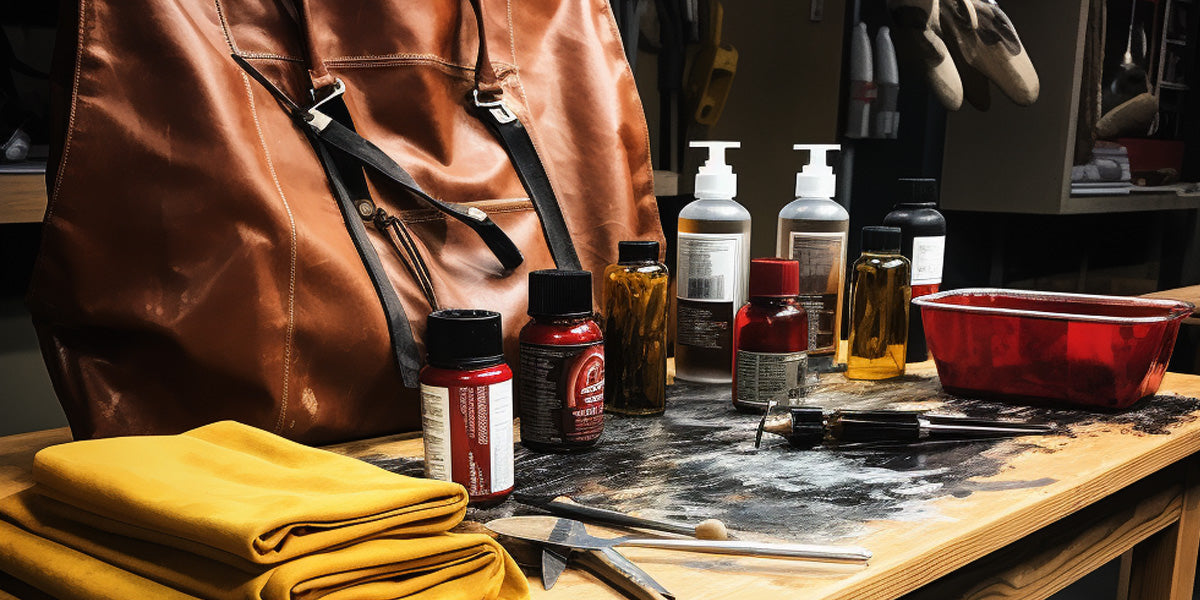Is silicone leather waterproof?
The waterproof nature of silicone leather originates from the inherent properties of silicone polymers. Silicone is a hydrophobic material, meaning it naturally resists water absorption. When applied as a coating to a fabric base (typically polyester or nylon), the silicone layer forms a protective barrier that prevents liquids from penetrating into the underlying structure. Unlike natural leather, which is porous and can absorb water, causing staining, warping, or mold growth, silicone leather remains unaffected by accidental spills or prolonged exposure to moisture. For example, a coffee spill on a silicone leather car seat can be easily wiped away with a cloth, leaving no residue or damage, whereas the same spill on genuine leather might require specialized cleaning and risk permanent staining.
The waterproofing capabilities of silicone leather are further enhanced during production through processes like calendaring and embossing, which ensure a uniform and tightly bonded silicone layer. This makes it suitable for outdoor applications, such as patio furniture or marine upholstery, where exposure to rain or splashes is frequent. In automotive interiors, this resistance is particularly valuable in areas prone to moisture, such as car seats in family vehicles (where spills from drinks or wet clothing are common) or in convertibles exposed to rain.
However, it is important to distinguish between “water-resistant” and “fully waterproof” in technical terms. While silicone leather can withstand regular exposure to water and liquids, it is not impervious to prolonged submersion or high-pressure water jets. For instance, submerging a silicone leather bag in a pool or subjecting it to 高压清洗 (high-pressure washing) might eventually allow water to seep through stitching or weak points in the material. Nonetheless, for everyday use, including accidental spills, light rain, or humidity, silicone leather performs admirably, far surpassing the water resistance of traditional leather and many other synthetic materials like PU leather.
The waterproof 特性 (properties) of silicone leather also contribute to its hygiene and maintenance benefits. Because water and moisture cannot penetrate the surface, silicone leather is less likely to harbor bacteria, mold, or allergens, making it a preferred choice for healthcare facilities, childrens’ products, and automotive interiors where cleanliness is a priority. This is particularly relevant in post-pandemic contexts, where easy disinfection with water-based cleaners is essential.
Comparatively, natural leather requires regular conditioning to maintain its water resistance, and even then, it is more susceptible to damage from moisture. PU leather, while water-resistant, can degrade over time when exposed to repeated wetting and drying cycles, leading to cracking or peeling. Silicone leather’s durability in wet environments makes it a more reliable long-term solution, especially in high-use scenarios.
In conclusion, silicone leather’s water-resistant properties make it an excellent choice for applications where protection from moisture is necessary. While it is not suitable for fully submerged environments, its ability to repel spills, rain, and humidity far exceeds that of natural leather and many synthetic alternatives. This makes it a versatile material for automotive interiors, outdoor furniture, and any setting where durability and easy maintenance are key. As sustainability and hygiene continue to drive material choices, silicone leather’s waterproof capabilities further solidify its position as a leading synthetic upholstery solution.



